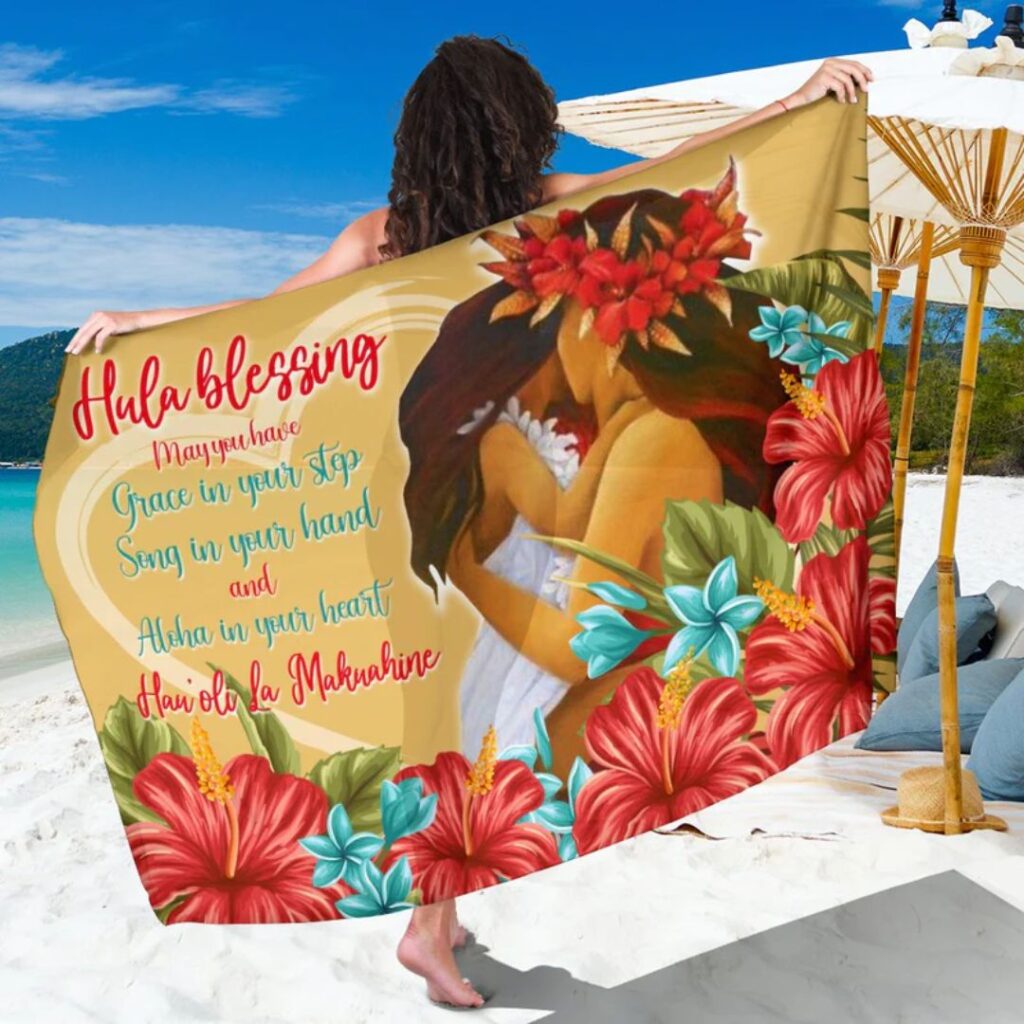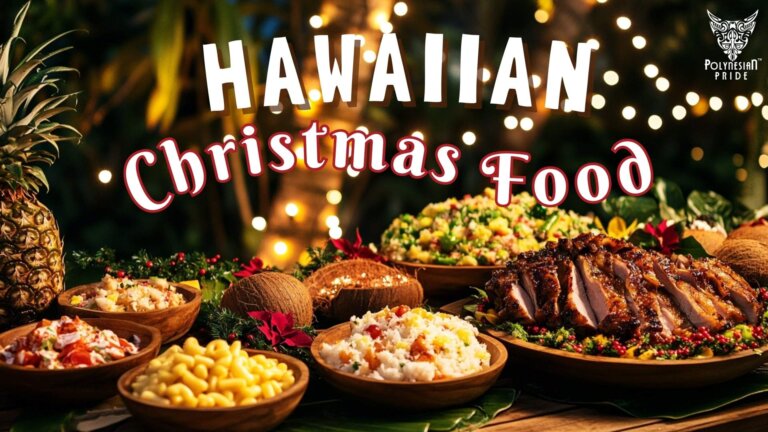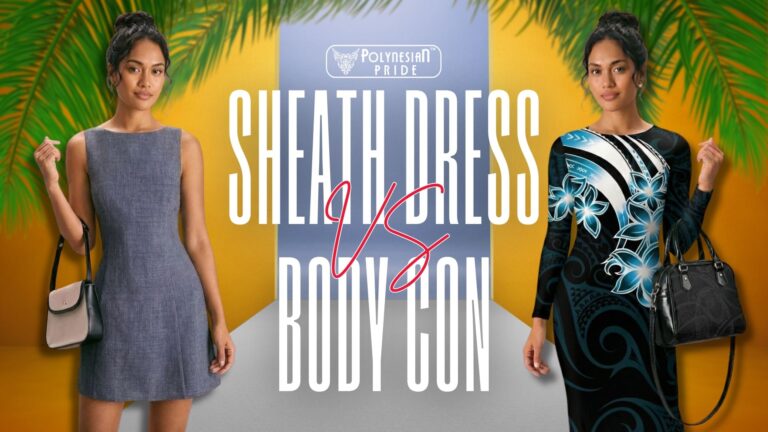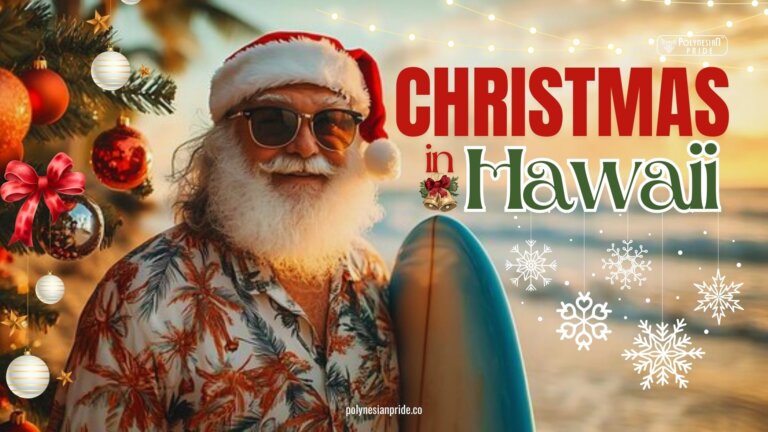What Is a Lavalava? Discover An Island Item Worn With Pride!

Step Into Island Culture
Picture yourself walking along a tropical coastline in the Pacific Islands, soft sand beneath your feet, the ocean breeze fluttering the edges of a brightly patterned wrap around your waist. That’s a lavalava – and no, it’s not just beachwear. It’s tradition, identity, and effortless comfort rolled into one.
If you’re wondering what is a lavalava, you’re about to find out why it’s so much more than meets the eye.
So Really, What Is a Lavalava?
A lavalava (also spelled ie lavalava or lālāvā) is a rectangular piece of cloth worn around the waist, tied in various ways. It’s common across many Pacific Islands, especially as a traditional clothing in Samoa, Tonga, Fiji, and Hawaii. Traditionally worn by both men and women, the lavalava reflects everyday life, ceremony, dance, and pride in one’s heritage.
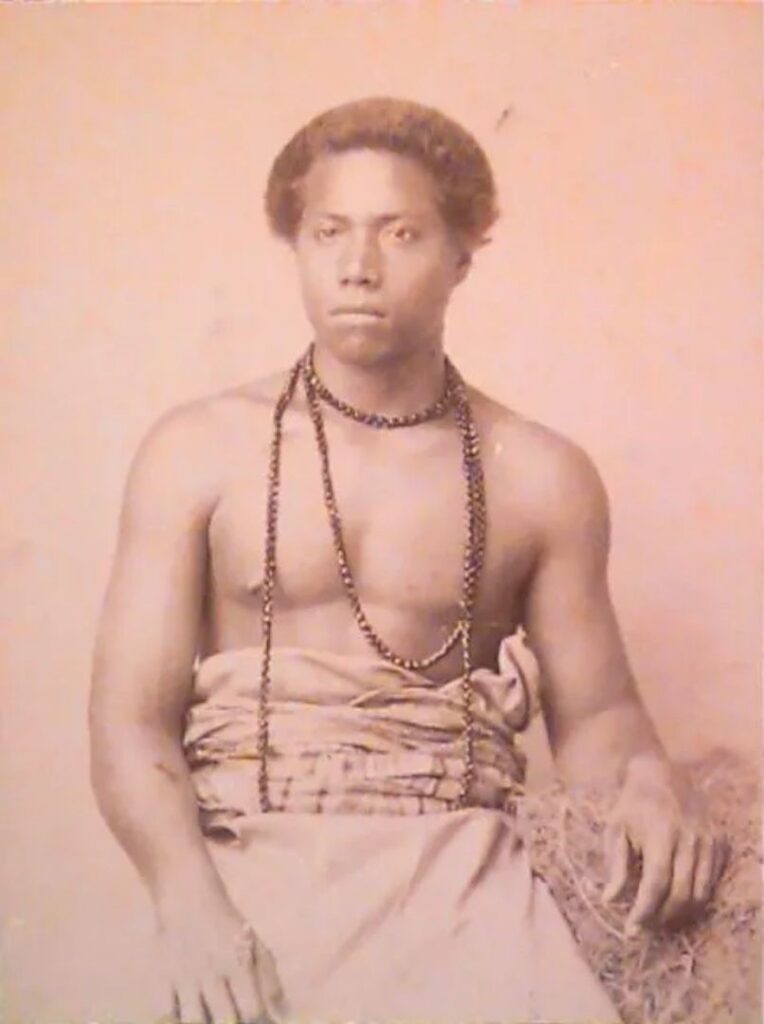
A Brief History of the Lavalava
The use of lavalava dates back centuries, with strong roots in Samoan culture. As early as the 1800s, Samoan lava lava was made from ‘ie toga (fine mats woven from pandanus leaves) and siapo (barkcloth crafted from mulberry or hibiscus bark).
These early versions weren’t just clothing but were prestige garments, often worn during high-status occasions and ceremonies.
Before European contact, islanders also used natural elements like flower petals, feathers, leaves, and seashells, tied to plaited plant-fiber bases, to craft beautifully adorned lavalavas.
These materials told stories of lineage, respect, and environment.
A Touch of Tailoring: The Modern Lavalava
The more formal, tailored lavalava style – especially the ones with belt buckles or structured pleats – is believed to have been introduced in the early 20th century by Ratu Sir Lala Sukuna, a Fijian noble. After serving in the military and studying in Europe, he brought a refined version of the wrap to Fiji in the 1920s.
This influence spread across Polynesia, especially in Tonga and Samoa, where lavalavas became part of school uniforms and ceremonial attire.

Etymology and Origins
The word “lavalava” comes from the Samoan language and was first recorded in 1891. It describes a wraparound garment – a skirt or kilt – that is both practical and symbolic. Lavalava is called ie lavalava in Hawaiian; sulu in Fiji; and also called “Sarong” or “Pareo” in some other places.
So when you ask what is a lavalava, you’re not just asking about a wrap, but you’re opening a portal into the heart of Polynesian storytelling, craftsmanship, and expression.
How do Polynesians Wear the Lavalava?
Now that you know what is a lavalava, let’s explore how it’s worn across the Pacific Islands.
Everyday Wear: Easy, Breezy, Cultural
Lavalava For Men: Men typically wear lavalavas in solid, earthy tones like navy, forest green, black, or brown. These are made from breathable cotton or rayon – perfect for warm island days.
- Style Tip: Pair with a plain tee, sleeveless tank, or a button-up shirt for a laid-back but respectful look.
Lavalava For Women: Women lean toward brighter, patterned lavalavas – hibiscus flowers, palm fronds, ocean waves, or traditional symbols like tiki and tatau (Polynesian tattoo designs). Popular colors include red, purple, yellow, and ocean blue.
- Style Tip: Lavalava + crop top, bandeau, or beach bralette = effortless island goddess vibes.
School Uniforms: A Source of Island Pride
In places like Samoa, Tonga, and New Zealand (where a lot of Polynesian people live), the lavalava is part of everyday school uniforms:
- Boys wear dark-colored lavalavas (usually black or navy) with white shirts or their uniform shirts.
- Girls wear longer lavalavas in school-designated colors like maroon, blue, or green, paired with tailored blouses.
This use of lavalavas instills pride and discipline, blending tradition with education.

Ceremonial & Formal Occasions
When it comes to weddings, funerals, or religious services, the lavalava takes on a more refined form.
Men wear mid-calf tailored lavalavas made of linen, usually in solid colors like white, beige, or navy. These may include pockets or buckled waistbands and are known regionally as: ‘Ie faitaga (Samoa), Tupenu (Tonga).
Women wear ankle-length lavalavas as part of traditional two-piece formal attire: Puletasi in Samoa, Puletaha in Tonga.
On very special occasions, lavalavas are often layered or accessorized with:
- The Tongan ta’ovala (a ceremonial waist mat).
- The Samoan waistband (a tapa cloth sash reserved for orators, taupou maidens, or manaia beaus).
These additions express reverence, social rank, and cultural protocol.


Performance and Dancewear
Male Dancers: Performers often wear shorter lavalavas with bold patterns for ease of movement and strong visual impact. Coconut fiber belts, leis, and chest adornments are added for drama.
Female Dancers: Lavalavas are worn longer and accessorized with tassels, shells, or feathered belts. They move beautifully during traditional dances like the Hula dance or Siva Afi dance. Worn with a bandeau or halter top, they shine under stage lights.
Modern Fashion Fusion
Nowadays, people in the Pacific Islands still wear lavalava daily as a way to embrace and preserve their culture. They are showing up in places from fashion runways, formal conferences, to more informal places like even gyms, parks, and restaurants:
- Men Today: Rock digital-printed lavalavas with sneakers and sleeveless hoodies – laid-back meets urban island.
- Women Today: Wrap them like midi skirts with statement belts, straw bags, sandals, or boots. Total boho-island fusion.
By showing how the lavalava fits into everyday life, culture, and fashion, this section gives your readers a deep, useful answer to their question: what is a lavalava, and how is it worn?
How to Tie a Lavalava?
So, you’ve got your hands on a beautiful lava lava skirt — now what? Whether you’re chilling at the beach or dressing up for an island night out, knowing how to tie a lavalava is essential to rocking it like a local. We’ve got you covered for both men and women.
For Women: Graceful, Versatile, and Chic
Lavalavas are a woman’s best friend — lightweight, breezy, and totally versatile. Here are the basic steps on how to tie one up effortlessly:
The Classic Skirt Wrap:
- Hold the lavalava horizontally behind your waist.
- Bring both ends forward around your hips.
- Tie a double knot at the side of your waist or directly in front.
- Adjust the length and tuck in excess fabric for a sleeker look.
Want to add flair? Try a high slit on the side or wear it over your swimwear for instant island glam.
The Halter Dress Style:
- Wrap it around your chest like a towel.
- Bring the top corners up and cross them behind your neck.
- Tie them together to secure.
- Add a belt or knot at the waist if you want a cinched look.
This style screams beach goddess, and it’s perfect for summer vibes.
For Men: Cool, Comfy, and Casual
In the Pacific, real men wear lavalavas. Whether they’re heading to the market, a church service, or the rugby field.
The Traditional Wrap:
- Wrap the lavalava around your waist, starting from the back.
- Overlap the ends in front, left over right for most styles.
- Fold or roll the top edge down to secure it snugly.
- Tuck in one corner to the waistband — or tie a simple knot if it’s long enough.
This is the ultimate island casual look. Pair it with a singlet or an aloha shirt and you’re set.
Why You Need One in Your Life (or Wardrobe)

1. It’s Functional and Fabulous
When people ask us what a lavalava is good for, our answer is simple: everything. From wrapping up after a swim to spicing up a brunch outfit, lavalavas are breathable, light, and oh-so-easy to wear.
2. It’s Cultural
Want to connect with your roots or just respectfully celebrate Pacific Island cultures? Wearing a lavalava gives you a doorway into Polynesian traditions. It’s not about appropriating – it’s about appreciating and honoring the source.
3. It’s for Everyone
Lavalavas are unisex, ageless, and available in dozens of designs. Whether you’re tall, short, curvy, or slim, there’s always a wrap for you!
Wrap Yourself in Island Pride
Now that you know what a lavalava is, the real question is: which one are you getting?
At Polynesian Pride, our collection features:
✅ Material: Crafted from 100% premium polyester with lightweight, soft, and wrinkle-resistant fabric for all-day comfort.
✅ Vivid Prints: Bright, fade-resistant island-inspired designs that turn heads and honor tradition.
✅ Stylish & Versatile: Whether you’re at the beach, a luau, or just vibing at home, our lavalavas fit any mood or moment.
✅ Unisex Fit for Everybody: Designed to wrap and tie with ease, flattering on all shapes, sizes, and identities.
✅ Ethically Made: Designed by Polynesian artists, rooted in cultural pride and respectful craftsmanship.
✅ Secure Shipping: Fast, trackable delivery – from our island to your door with care.
✅ Easy Returns: Changed your mind? No worries. We offer a money-back guarantee if you’re not 100% in love with your lavalava.


Final Thoughts
Lavalava is more than just an item – it’s a legacy. A living, wearable tradition that speaks of heritage, craftsmanship, and island pride. At Polynesian Pride, we don’t just sell lavalavas – we celebrate them. So go ahead, wrap yourself in something meaningful.
👉 Ready to own your first lavalava?
Shop now at Polynesian Pride and join thousands repping Pacific fashion the right way!
FAQ: What Is a Lavalava?
What is a lavalava traditionally made of?
Originally, lavalava was made from tapa or woven mats, but now mostly lightweight cotton or rayon, or polyester.
Is it appropriate for non-Islanders to wear a lavalava?
Absolutely. You can wear a lavalava as long as with cultural awareness and respect.
What is the meaning of “lavalava”?
The word “lavalava” comes from the Samoan language and was first recorded in 1891.
Can I wear a lavalava outside the Pacific?
Yes! It’s worn worldwide, from city streets to festivals and even yoga studios. Besides, Lavalava is really easy to mix and match a cool summer outfit!

I’m a lifestyle curator who has blended Polynesian foodways and fashion into everyday life for over five years. I celebrate makers, materials, and style—with heritage as the headline, not the footnote.
My contact:
Email: [email protected]
Tel: +689 87 246 367














